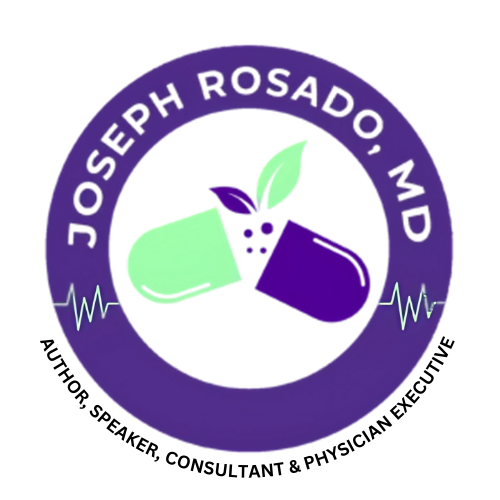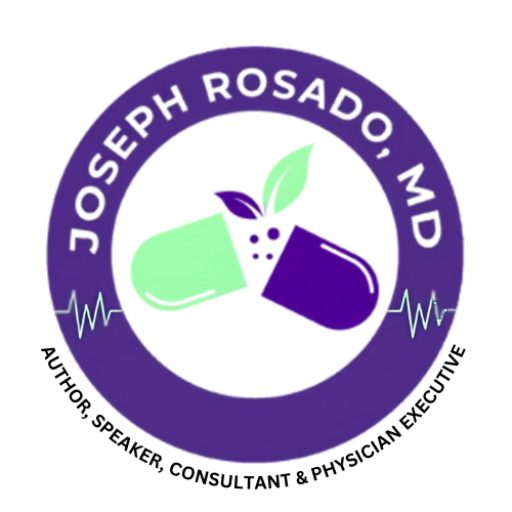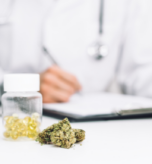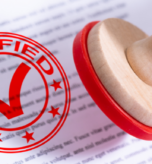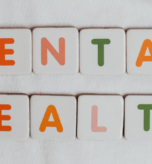At-Home Ketamine Therapy: A New Frontier in Mental Health Care
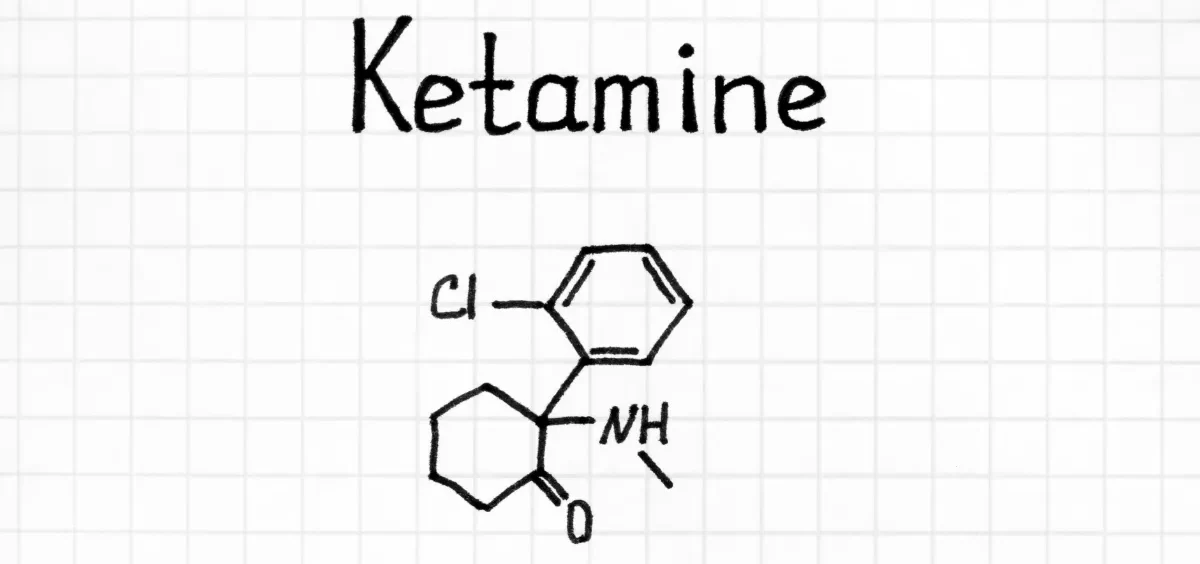
Ketamine has quickly emerged as one of the most promising treatments for depression, PTSD, anxiety, and chronic pain—especially in patients who haven’t found relief through traditional medications. But as the landscape evolves, so does the delivery method.
More clinics and providers are now offering at-home ketamine therapy—but that raises important questions:
Is it legal? Is it safe? And most importantly, does it work?
If you’re considering ketamine treatment and wondering whether home-based care is a smart step forward or a risky shortcut, here’s what you need to know—based on science, regulation, and clinical experience.
What Is At-Home Ketamine Therapy?

At-home ketamine therapy allows eligible patients to receive low-dose ketamine treatments outside of a clinical setting—typically via oral tablets (lozenges) or nasal sprays—under the supervision of a licensed provider.
The process usually includes:
- A virtual consultation and mental health screening
- A customized treatment plan
- At-home delivery of medication (in most programs, lozenges)
- Scheduled integration or check-in calls with a therapist or medical team
It’s not a DIY approach. Reputable programs involve strict medical oversight and clear safety protocols.
Is At-Home Ketamine Therapy Legal?
Yes—in many U.S. states, at-home ketamine therapy is legal when prescribed by a licensed physician through a controlled telehealth model.
Here’s how it works:
- Ketamine is classified as a Schedule III controlled substance under federal law
- Physicians can legally prescribe ketamine off-label for mental health conditions like depression or PTSD
- Delivery services and compounding pharmacies work within DEA and state regulations to distribute the medication directly to patients
That said, laws vary by state, and not every telehealth ketamine provider operates ethically or legally.
Always verify:
- The provider is licensed in your state
- The prescription comes from a real physician—not just an app or form
A clinical team will follow up on your mental health and progress
Is At-Home Ketamine Therapy Safe?
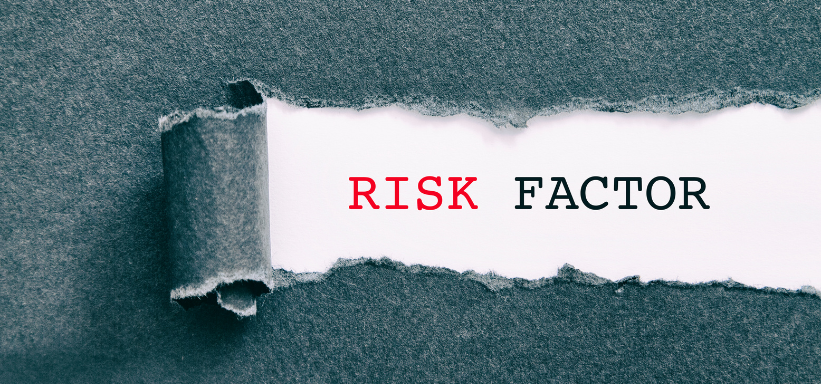
When guided by qualified professionals, yes, it can be safe for many patients.
But like any medication—especially one with psychoactive effects—it carries real risks if misused.
- You’ve been properly screened for mental health conditions
- You’re not at high risk of substance abuse or dissociation
- You’re monitored by a care team or have therapist check-ins
- You have a support person present during sessions (strongly recommended)
- You’re trying ketamine without any medical evaluation
- You have a history of psychosis or uncontrolled bipolar disorder
- You use other sedatives or alcohol alongside ketamine
- There’s no clinical structure to track progress or safety
At-home therapy can be safe, but only under licensed medical care—not on your own.
Is It Effective Compared to In-Clinic Infusions?
The clinical consensus? Both can be effective—but they serve different needs.
- Deliver 100% bioavailability directly to the bloodstream
- Offer faster relief in some severe or treatment-resistant cases
- Are ideal for high-risk patients who need medical monitoring
- Offer convenience, comfort, and privacy
- Have lower bioavailability (about 30–50%) but still produce strong effects
- Are best for patients with stable mental health who respond well to lower doses
What matters most: personalized dosing, proper guidance, and consistent follow-up—not just the location
Who Is a Good Candidate for At-Home Ketamine?
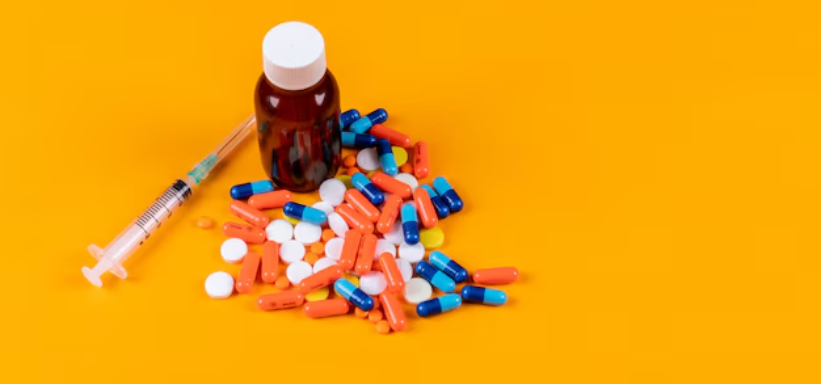
You may be eligible if:
- You have depression, anxiety, PTSD, or chronic pain
- You’ve tried other medications or therapies with little success
- You don’t require constant in-person medical supervision
- You’re open to integration therapy and honest progress tracking
A thorough intake process is critical to determine if at-home care is appropriate—or if in-clinic treatment is safer.


Frequently Asked Questions (FAQs)
Not everywhere. It’s legal in many U.S. states under telehealth laws, but regulations vary. Always check your state’s policies.
Typically oral lozenges or nasal sprays—lower-dose options that are easier and safer to self-administer.
Some patients feel relief after the first or second dose. Others may need several sessions over a few weeks to notice improvement.
When prescribed and monitored by qualified professionals, certain antidepressants can be safe and effective for teens.
No. You should not drive, operate machinery, or make major decisions for at least 4–6 hours after a dose.
Depression, anxiety, PTSD, OCD, and chronic pain are the most common. It is not recommended for those with active psychosis.
Most reputable programs offer integration therapy—sessions that help process and apply the experience to your healing journey.
Spravato is a nasal spray version of esketamine, FDA-approved for treatment-resistant depression. It must be administered in-clinic. Regular ketamine can be prescribed for at-home use under medical discretion.
Final Thoughts: Ketamine at Home—Freedom or Risk?
At-home ketamine therapy represents a breakthrough in accessible mental health care—but it’s not a casual supplement. It’s a powerful tool that must be respected, personalized, and supervised.
For the right patient, it offers a safe, flexible, and often life-changing alternative to traditional antidepressants—especially when combined with therapy and medical oversight.
If you’re tired of waiting for something that works—and want a solution that meets you where you are—this may be your next step.
